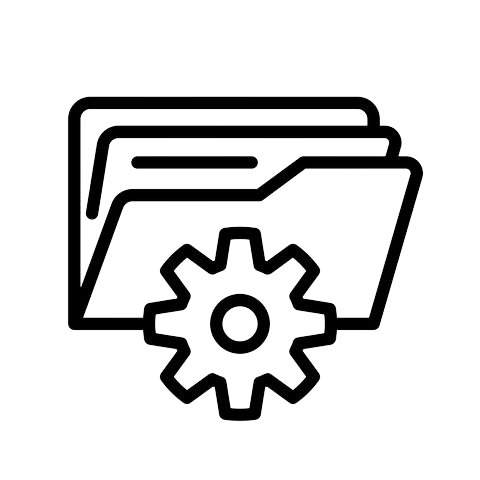Cyquent has implemented a broad range of high-quality data solutions over the past two decades. Our industry-leading data analytics experts have worked across the entire data analytics lifecycle, including: designing and developing data marts and data warehouses, developing ETL processes to populate the data marts and data warehouses, working with both structured and unstructured big data, and developing business intelligence cubes, reports, key performance indicators (KPIs) and dashboards.
Cyquent’s Business Intelligence architects help clients in discovering relationships and patterns in raw and structured data. By inspecting, cleansing, transforming, modeling, and visualizing data, Cyquent is able to discover useful information to help clients make data-driven decisions about their business.



Cyquent views data integration as the process of accumulating data from various sources, standardizing it into a format with pre-defined parameters, and directing it into an analytics system. Data is brought in across industries, geographies, and timelines in order to generate effective analysis. Cyquent facilitates data integration with both internal and external stakeholders, eliminating manual processes, allowing for constant real-time data availability, and saving businesses their time and employee efforts.




Cyquent helps clients develop data strategy to resolve long-standing issues created by data silos, data duplication and “multiple versions of the truth”. Cyquent takes an integrated model view of data management and data governance. We define data governance as the steps that organizations take to create and update organizational policies. These policies ensure adherence to regulatory requirements, legal requirements, and business best practices; they also strengthen data security by preventing data from getting into the wrong hands. Data governance embodies and establishes the rules, technologies, processes, and human actions that are needed to enforce data policies. The result is minimized data redundancy and a single authoritative source of data: a “single version of the truth” that facilitates effective data-driven decisions. In Cyquent’s model, data management is the technical implementation of data governance. Data management is concerned with the data across its entire lifecycle (i.e., from creation to retirement). Data management practices can prevent ambiguity and make sure that data conforms to organizational best practices and governance for access, storage, back up, and retirement.






Machine Learning (ML) is a rapidly growing concept in the technology industry. Machine learning is based on the premise of building algorithms that receive input data and use statistical analysis to predict an outcome; it continuously improves itself as more data becomes available. From automating mundane tasks, to offering insight to various industries, machine learning is broadly applicable. Some of the industry verticals that Cyquent has applied machine learning to are:
